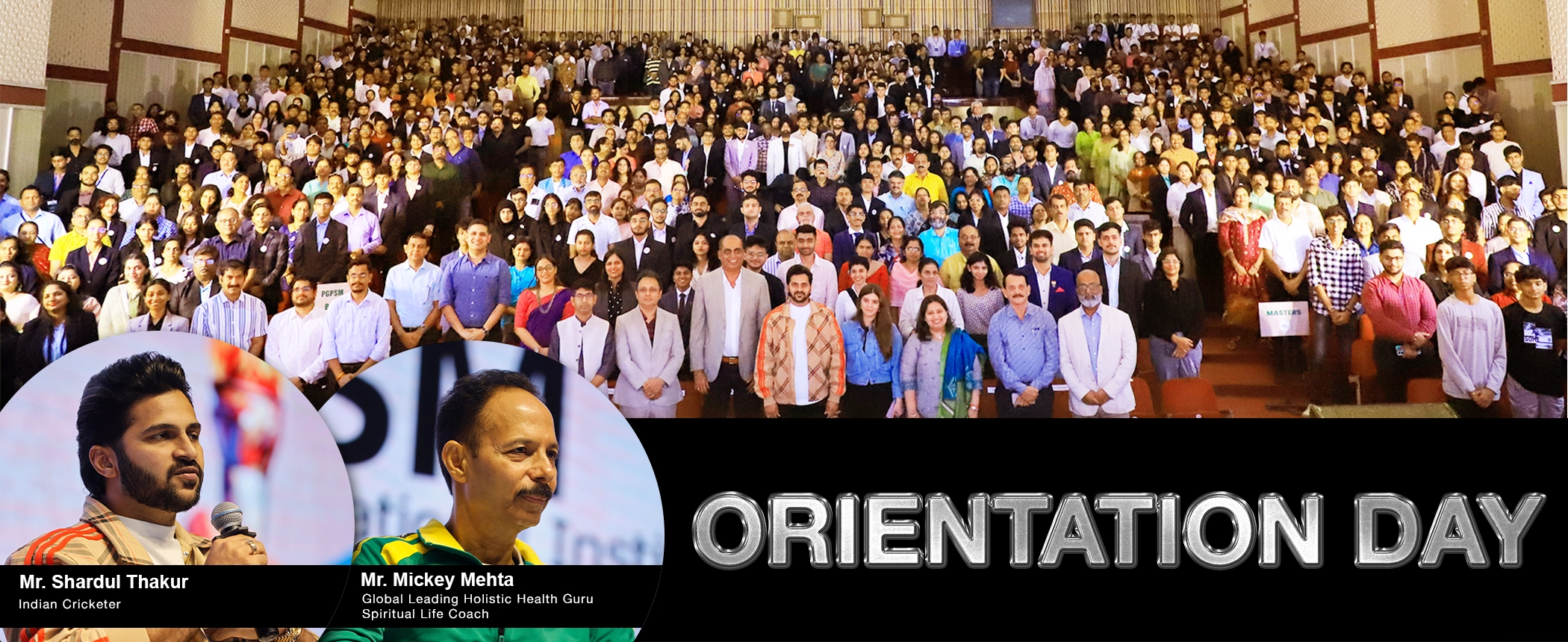The Role of Sports Technology Behind Paralympics Success.

Sports technology has been a game changer for the Paralympics and how! It’s an echoing proof of redefining the limits of human potential. Tokyo 2020 and Paris 2024 exemplify the best.
Since the last decade, the sports industry has witnessed a paradigm shift in participation, inclusivity, and accessibility. And the credit goes to the advancement of sports technology. It surely enhances the capability of the para-athletes; however, it has brought a significant change in their experience and confidence, giving them a chance to celebrate hope and life.
From prosthetics to upgraded wheelchairs to assisted devices, the technology has let athletes hold the grip like never before.
But, in the early days, the technology applied in the Paralympics was next to nothing. Athletes had to use simple strapping and compete in regular chairs. However, with time and due to the increasing popularity of the Paralympics, the technology used in the game has evolved.
Take the example of ‘Running blades. It’s designed to mimic natural leg movement, speed, and bounciness. These blades have revolutionized track events. They enable athletes with lower-limb amputations to compete at good speeds, sometimes even faster than able-bodied athletes.
Besides the assistive tools, the Paralympics has seen remarkable transformations in other aspects. Let’s scroll through those pillars.
Transforming lives with assistive technology:
Anything is possible with the power of technology.
The performance of the para-athletes with Prosthetics and Orthotics is miraculous. According to each athlete’s physiology and performance, the device functions based on the customized pattern. Moreover, an athlete has access to real-time adjustment with the speed and the environmental movement with an app, resulting in stability and efficiency in performance.
Another outstanding innovation in sports technology is wheelchair technology. Unlike in the older days of the Paralympics, athletes don’t have to worry about the mobility of the wheelchair. The in-built sensor helps in rotation, and pressure distribution so that they can focus on and optimize their performance.
Sensor technology and data analysis have played a crucial role in training and competition for Paralympic athletes as they provide pivotal performance metrics. The wearable sensors attached to athlete’s equipment or clothing allow for real-time monitoring, physiological responses, and environmental factors. Like, TritonWear helps a swimmer analyze overall performance including stroke efficiency and turn times, further, giving an insight into the real-time feedback, the athlete’s performance trends, and the strategy to prevent injuries.
Leaving No One Behind:
Not only athletes, but the advancement in Sports technology also helps the visually & auditory impaired audiences to have live experience of Paralympics games.
One of the inclusive and engaging tools is Virtual reality. So, fans who want to witness the para-athletes playing matches can have the experience through specially curated VR content. The International Paralympics committee has offered experiential entertainment through VR, fostering empathy, understanding, and inspiration among the viewers.
Moreover, event accessibility apps help attendees with special abilities have the best experience of the Paralympic games. These apps offer overall event information, facilities, accessible routes, and additional services to spectators.
Like, the Tokyo 2020 Accessibility Guidelines App provided detailed venue accessibility information to make the audience’s visit more accessible & enjoyable, promoting inclusivity in technology.
Opportunities for Specially-abled kids:
Technology has played a crucial role in the surge of Para athletes and their wins on the global platform. Take the example of the evolution of Indian para-athletes. From 1 medal in the London Paralympics 2012 to 29 medals in the Paris Paralympics 2024, revolutionary growth has happened. Thanks to the technology and world-class equipment. These achievements, moreover, inspire the specially-abled children to come forward and take para sports as a career.
The Impact on the Society:
The Paralympics is more than medals. It’s all about inclusivity and accessibility of a special-abled community. It’s undeniable how much sports technology has brought a radical change in the Paralympics and in society.
Recently, in the Paris Paralympics 2024, the World Health Organization (WHO) and the International Paralympic Committee (IPC) collaborated to focus on the evolving impact of assistive technology within sports.
The campaign ‘Equipped for Equity’ has aimed to showcase what assistive technology plays for Paralympic athletes, advocating access to essential health products and digital services like running blades, wheelchairs, release braces in archery, modern sensor technology and the list goes on.
Moreover, the technology on Global platforms like the Paralympics highlights the possibilities, inclusivity, and broader access of the special-abled athletes and community.
Future of sports technology:
It will only evolve with time. It’s expected that athlete’s movements will be more adaptive to real-time and customization with machine learning and artificial intelligence.
Wearable technologies would become more integrated, and virtual and augmented reality are likely to provide advanced training simulations and immersive viewers’ experiences. Also, there’s a high possibility that neurotechnology would amplify the new potential in an athlete’s cognitive abilities and mental resilience.
The amalgamation of sports technology and Paralympics has redefined the capabilities of para-athletes, offering inclusivity, accessibility, and hope.
Read next – https://iismworld.com/can-disabled-athletes-outcompete-able-bodied-athletes/













